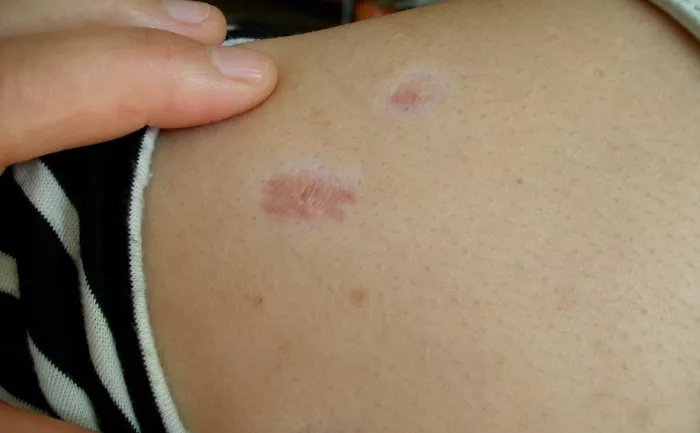Scars are a common result of injury or surgery, and they can be a source of embarrassment or discomfort for many individuals. While scars are a natural part of the healing process, they can take time to fade and may never fully disappear. In this article, we will explore the factors that affect scar healing and how long it takes for scars to fade. We will also discuss the best ways to promote scar fading and improve the appearance of scars.
Factors That Affect Scar Healing
The healing process of a scar can be influenced by a variety of factors, including the severity of the injury, the location of the scar, and the individual’s age and overall health. In general, scars that are deeper or wider tend to take longer to heal and may be more noticeable.
The location of the scar can also affect healing time. Scars on areas of the body that are subject to movement and stretching, such as the joints or face, may take longer to heal and may be more prone to stretching or becoming raised.
Additionally, age and overall health can play a role in scar healing. Older individuals may experience slower healing times, and individuals with underlying health conditions may experience delayed healing or a higher risk of complications.
How Long Does It Take for Scars to Fade?
The length of time it takes for a scar to fade can vary widely depending on the individual and the scar’s characteristics. In general, scars tend to fade over time, with the most noticeable fading occurring within the first year after the injury or surgery.
However, some scars may take longer to fade or may never fully disappear. Raised or hypertrophic scars, for example, may take several years to fade, and some may require additional treatment to improve their appearance.
Treatment Options for Scar Fading
While scars may never fully disappear, there are several treatment options available to help improve their appearance and promote scar fading. These include:
Topical treatments: There are several topical treatments available that can help improve the appearance of scars, including silicone gels, vitamin E oil, and onion extract. These treatments work by hydrating the skin and promoting collagen production, which can help reduce the appearance of scars over time.
Laser therapy: Laser therapy is a non-invasive treatment that uses focused light to break down scar tissue and promote the growth of new, healthy tissue. This can help reduce the appearance of scars and improve skin texture and tone.
Steroid injections: For raised or hypertrophic scars, steroid injections may be recommended. These injections work by reducing inflammation and flattening the scar tissue, which can help improve the appearance of the scar.
Surgical revision: In some cases, surgical revision may be recommended to improve the appearance of a scar. This involves removing the scar tissue and repositioning the skin to create a more aesthetically pleasing result.
Tips for Promoting Scar Fading
In addition to these treatment options, there are several things individuals can do to promote scar fading and improve the appearance of scars. These include:
Keeping the scar clean and moisturized: Keeping the scar clean and moisturized can help promote healing and reduce the risk of infection. Using a gentle cleanser and a moisturizer can help keep the skin hydrated and promote collagen production.
Protecting the scar from the sun: Sun exposure can cause scars to darken and become more noticeable. Wearing protective clothing and using a broad-spectrum sunscreen can help protect the scar from the sun’s harmful rays.
Massaging the scar: Massaging the scar can help improve blood flow to the area and promote healing. Using a gentle, circular motion, massage the scar for several minutes each day.
Maintaining a healthy lifestyle: Eating a healthy diet, getting regular exercise, and avoiding smoking can all help promote healing and improve overall health, which can in turn promote scar fading.
Conclusion
Scars are a natural part of the healing process, but they can be a source of discomfort or embarrassment for many individuals. While scars may never fully disappear, there are several treatment options available to help improve their appearance and promote scar fading.
Factors that affect scar healing include the severity of the injury, the location of the scar, and the individual’s age and overall health. Treatment options for scar fading include topical treatments, laser therapy, steroid injections, and surgical revision.
To promote scar fading, individuals can keep the scar clean and moisturized, protect it from the sun, massage the scar, and maintain a healthy lifestyle. By taking these steps, individuals can improve the appearance of scars and feel more confident in their skin.
[inline_related_posts title=”You Might Be Interested In” title_align=”left” style=”list” number=”6″ align=”none” ids=”4180,4182,4187″ by=”categories” orderby=”rand” order=”DESC” hide_thumb=”no” thumb_right=”no” views=”no” date=”yes” grid_columns=”2″ post_type=”” tax=””]































